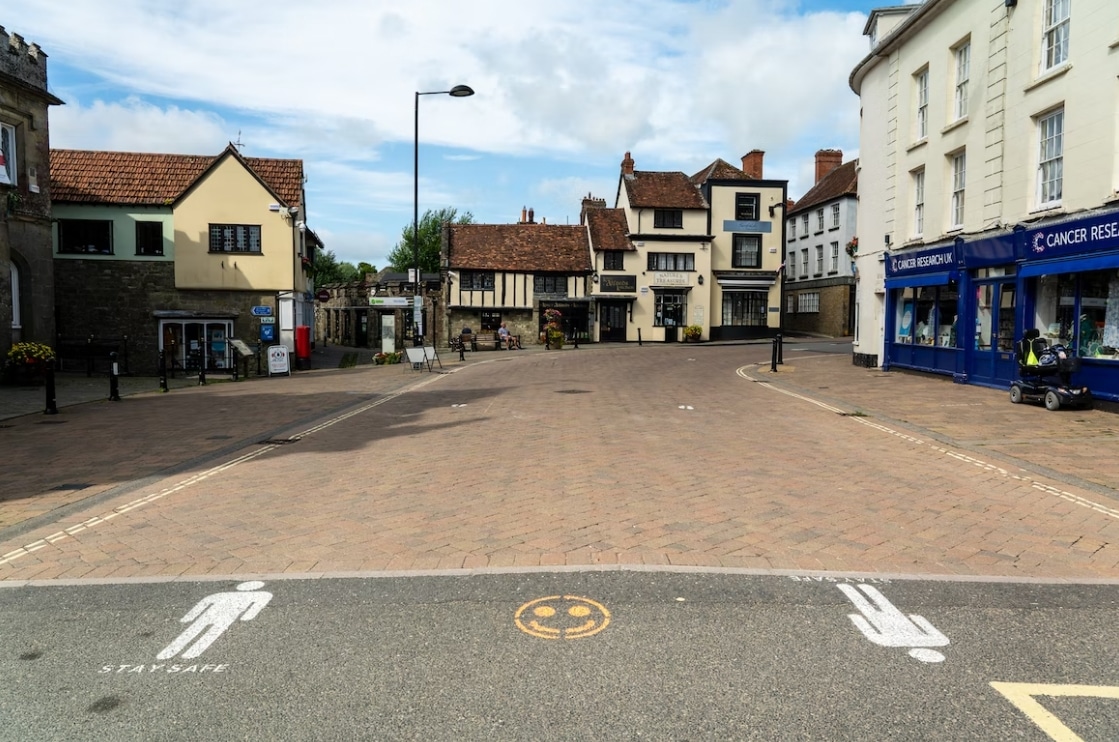
Are charities the future of the British high street?
The state of the high street is a far cry from what it was even just a few years ago. What was already in decline according to some was fast-tracked thanks to the pandemic. In 2020, British high streets lost 11,000 shops. Now, it isn’t unusual to see once occupied and busy stores empty. Or big name brands collapsing, their spaces left vacant for months.
It doesn’t mean the high street is dead, though. But it does mean they have to change. They have to become places of community, where there is a mix of homes, shops, entertainment, supermarkets, and medical centres.
And nothing says “community” more than a charity shop. It’s a place to donate and share items and goods for someone else to give a second home too. Here are just a handful of ways charity shops can fill that gap.
Second-hand is the new “new”
Second-hand shopping has seen somewhat of a boom in recent years. There are some stories reporting that millions of shoppers are turning to charity shops to find a good deal on some great items.
And customer satisfaction is high. Almost 9 in 10 adults said they happily bought used goods, with 1 in 8 claiming they preferred buying second-hand to new. While we’re seeing some consumers turn away from fast fashion and choosing to shop sustainably, the most popular second-hand goods are actually furniture, books, sports equipment, and toys.
That’s potentially something to keep in mind if you’re deciding what stock you need more of!
Supporting local shopping
As well as this boon in the second-hand market, we’re also seeing a rise in people shopping locally. Now, 63% of consumers prefer patronising local businesses, and for varying reasons. Some prefer the price, others like the location, and some just like the feeling of shopping in-store that’s been missed during the pandemic.
It might also be that people want to support their local businesses as they know times have been tough these last few years. And they’re going to continue being tough. That sense of community is important to many.
Charity shops are at the heart of this as not only are there plenty of local charities helping a specific region, but they’re often selling goods from other locals. Or in the case of a cafe, providing food made by locals. It’s easy to see why some people prefer it.
A sense of community
Speaking of community, that’s what being a charity is all about. Whatever your cause, you’re there to help local people in need, whatever their struggle. And that’s something people will come out in droves to support.
Maybe that’s why 73% of people say they feel like a part of their community. And why people’s concerns are about reducing loneliness and isolation (48%), looking out for one another (45%), and helping people’s mental health (40%). That’s exactly where charities come in. With people looking for these qualities, it puts charities in the perfect place to position themselves as integral parts of the high street, and thus the community.
Some people are all doom and gloom when it comes to the high street. But it has a bright future. It isn’t multinational chain stores that will make the difference. It’s small organisations, like charities, that will be the bright spots on the streets. So when you’re thinking about your future, ask yourself how you can become a bigger part of your town or city.
Your charity shops are the heart of the community. So don’t let them down with slow tills or long queues. Work smarter, not harder, with CHARiotWeb – an EPoS solution designed with the charity sector in mind. To find out how exactly it can revolutionise your operations, just call us on 01204 706000.
Share this:

With over thirty years of experience developing EPoS systems, Nisyst is a family-owned business whose main mission is to make technology work harder for the charity sector.

Quick links
© 2022 All rights reserved Nirvana Intelligent Systems Ltd. Website designed & developed by evokeu